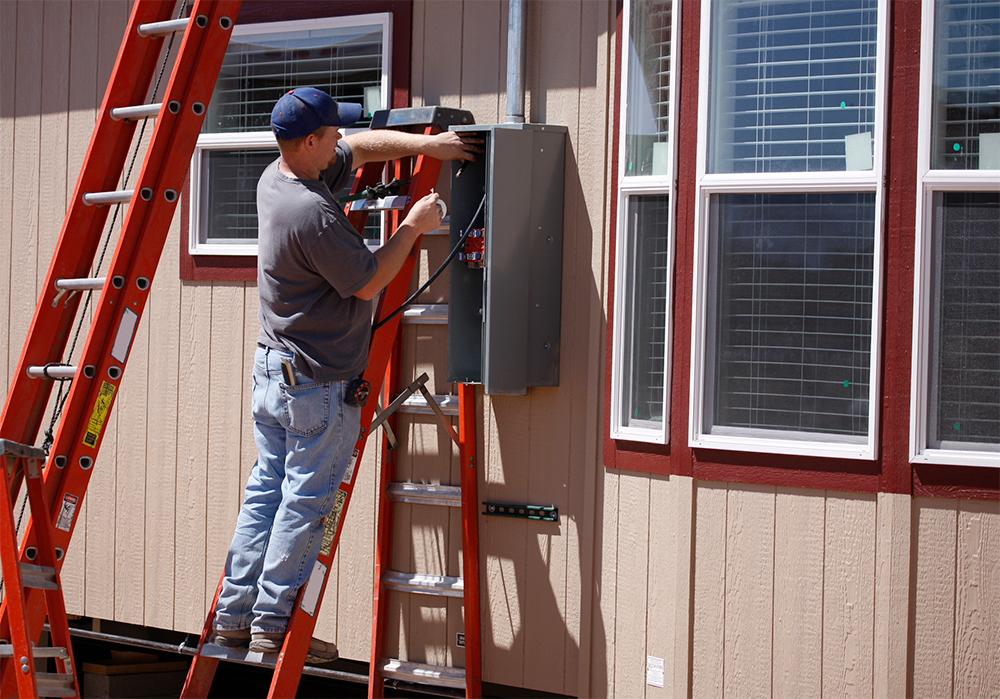Electric power enters your home or commercial building at what’s known as the service entrance. That represents all the power your electrical system is able to deliver. In newer homes that’s usually 100-200 amps at 240 volts but older structures may have as little as 60-amp service and possibly only 110 volts. Commercial buildings can have considerably more amps delivered at higher voltages, depending on the size and type of building.
The Main Panel
The incoming power is connected from the electric meter to a main service panel where it’s routed to various parts of the building on branch circuits. Each of those branch circuits runs through a circuit breaker (or fuse in older homes and some commercial buildings), a safety feature designed to trip when the power draw exceeds the circuit’s capacity.
Some circuits have additional protection from ground fault circuit interrupters (GFCI) or arc fault circuit interrupters (AFCI) that trip when other dangerous conditions such as shorts are detected. Local building and electrical codes specify the type of breaker to be used on different circuits.
Main panels distribute power to many different locations at different amperages and voltages depending on what’s being served. For instance, a 15-amp, 120-volt circuit will serve multiple convenience outlets and switches to power lights and small appliances while a range, oven, water heater, or furnace may be served by a single 30- to 50-amp, 240-volt outlet.
The main panel will have a switch or breaker labeled “Main” that shuts off all electrical power to the building and you should know where it is in case of an emergency.
In many cases, this is the only panel in the building. It can be quite large with dozens of breakers.
Subpanels
A subpanel is a secondary panel that serves a specific area of the building or a specific purpose. In household systems, it’s fed by a 240-volt branch circuit off the main panel and is protected by a double-pole breaker that acts as a shutoff like the main breaker on the service panel. It also has its own set of breakers serving branch circuits that run from it.
Subpanels are typically added for convenience and/or efficiency. Subpanels in a basement, garage, or outbuilding make access easier when breakers trip from overloads from things like power tools or space heaters, saving a trip to the main panel, which may be located some distance away…or even outdoors.
They also save time and money on wiring and construction by bringing a single high-capacity feed to a distant location from where it’s distributed to branch circuits, eliminating the need to run multiple wires. This is often done in additions and remodels but can save in new construction, too.
Be Smart and Safe
Electrical work is best left to licensed professionals, even on DIY projects since shoddy work can be expensive to repair and even deadly. A little upfront investment in expertise can save major headaches down the road. Consult with electrical contracting pros early in the planning and design stage to avoid unpleasant surprises and unnecessary expenses.
Allstar Electrical Services delivers the quality results you expect and deserve on your remodeling, repairs, and additions. We work hand-in-hand with you and your contractors to ensure your project is done right, on budget and on schedule.
We’ve served the Front Range for over 20 years, are top-rated by the BBB, and are proud to be a Angi’s HomeAdvisor Preferred Contractor.
Whatever your electrical needs, call Allstar Electrical at (303) 399-7420 or visit our website. Then use our handy on-line forms to request an estimate or set up an appointment.


